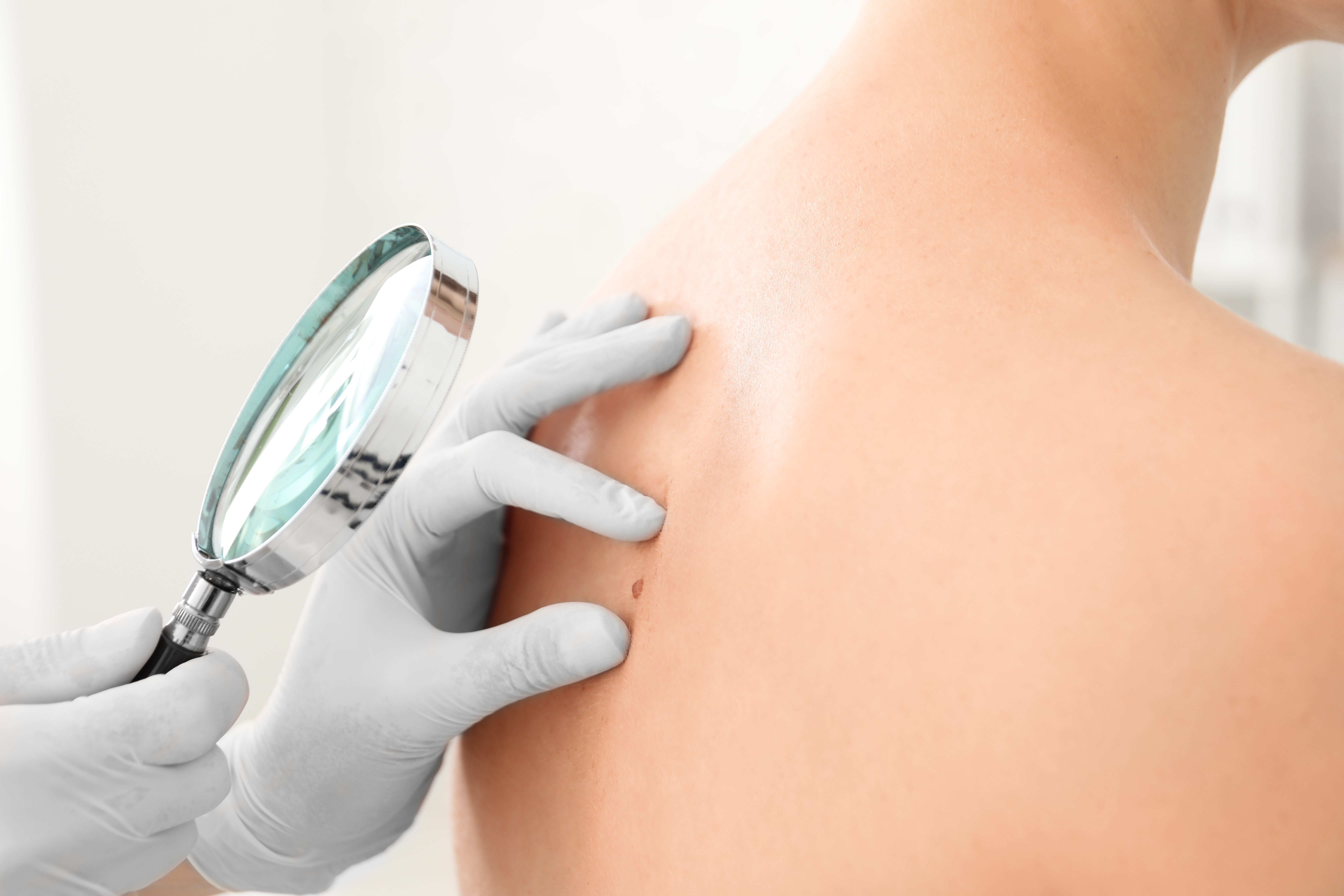Melanoma is one of the toughest forms of skin cancer. However, there are skin cancers that can be prevented by treatment before they spread and become severe.

Melanoma is one of the toughest forms of skin cancer. However, there are skin cancers that can be prevented by treatment before they spread and become severe.
TYPES
Regular treatments are effective and safe for squamous cell carcinomas and basal cell carcinomas. Small tumors can be removed by surgery, and the small tumor can then be killed with a low-dose of radiation. After the surgery, you can apply an ointment to the surgical site. Make sure that the ointment has a chemotherapeutic agent called 5-fluorouracil.
It is best to undergo surgery before melanoma spreads through the skin and other organs. The tumor will be fully removed by a surgeon. Radiation and chemotherapy can cure progressive melanoma; these treatments can also slow down the progression of the tumor and improve symptoms.
People with a history of skin cancer have a risk of recurrence. If skin cancer is already treated, make sure to have a follow-up check-up once a year. According to some studies, 20% of patients who have a history of skin cancer received the same diagnosis after two years.
SYMPTOMS
Here are the early signs of skin cancer:
DIAGNOSIS
To determine if you have skin cancer, your physician may perform the following:
Skin Examination. The doctor will check your skin if there are symptoms of skin cancer. If skin cancer symptoms are evident, the doctor will conduct several examinations and refer you to an oncologist.
Skin Biopsy. In this test, the doctor will get a piece of skin that is suspected of cancer for examination. This test will determine if skin cancer is present and what kind of skin cancer it is.
TREATMENT
The treatment for skin cancer depends on the kind of cancer, size, and severity of the condition. Here are the options that are necessary for skin cancer treatment:
Freezing. It is also known as cryotherapy. This procedure is usually used in precancerous skin conditions. It uses liquid nitrogen to freeze and wipe out all the abnormal cells that cause skin problems. Liquid nitrogen will be applied to the affected area and it can cause a burning sensation or pain in the skin. After that, the affected skin will swell and slough off.
Excisional surgery. This treatment applies to all types of skin cancer. In this procedure, the surgeon will eliminate cancerous tissue with the skin border that surrounds the affected tissue.
Mohs surgery. This treatment is for cancer that is hard to cure and is persistent. In this type of surgery, the thin layer of skin that is cancerous is progressively eliminated and undergoes examination until it is healthy and until non-cancerous skin remains.
Radiation therapy. This therapy can be an option when cancer cannot be eliminated by surgery. It uses radiation or electron beams that will eliminate and destroy cancer cells.
Chemotherapy. This treatment uses anti-cancer drugs to destroy and kill cancer cells. If the cancer is on the top layer of the skin, creams and lotions that contain anti-cancer substances can be applied.
Overview and FactsTypes and SymptomsDiagnosis & MedicationsOverview and Facts Tetralogy of Fallot is a congenital heart defect that affects the [...]
Overview and FactsTypes and SymptomsDiagnosis & MedicationsOverview and Facts Trichinosis, also known as trichinellosis, is a parasitic infection caused by [...]
Overview and FactsTypes and SymptomsDiagnosis & MedicationsOverview and Facts Trigeminal neuralgia is a neurological condition characterized by severe facial pain. [...]